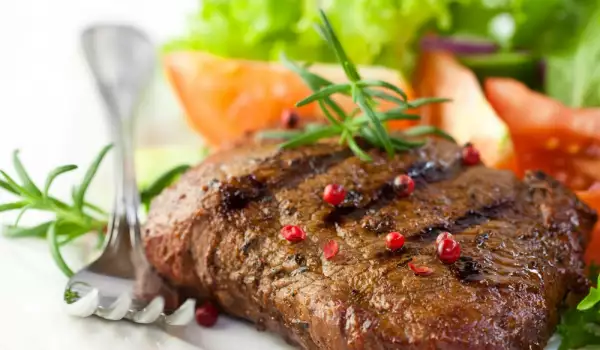The correct combination of foods is a guarantee of full absorption of nutrients by the body. There are foods that, when combined, make it difficult for the digestive tract and it does not process them properly.
In such cases unprocessed food in the stomach may remain, which adversely affects the overall condition. Separate nutrition is the way to prevent these conditions.
We will offer you some quick tips on how to combine your food.
The fruits are eaten separately

Fruits ferment very quickly, especially if they are in an acidic and warm environment and the environment of our stomach is exactly that. It takes about 30 minutes for a fruit to pass through the stomach. One pork steak takes about two hours. If these two foods are eaten together, the fruit will stay longer in the stomach and ferment. Exceptions to this rule are bananas and apples, which go through the fermentation process more slowly.
Fats are only combined with non-starchy vegetables
For example - you can eat olives and nuts together. What are non-starchy vegetables? That's all minus the potatoes, pumpkins, chestnuts, peas, artichokes, and corn. In order not to feel hungry, vegetables containing fiber can be added. With a prepared menu in which starchy products are present, a combination can be made with vegetables with proteins such as broccoli and kale.
Only one protein food per meal

Eating the following examples of foods should be avoided: steak and eggs, beans and chicken or other meat and seafood, and similar. This will lead to an excessive overload of the body and it will not be able to cope with the protein bomb.
Do not combine proteins with starch
The combination of chicken and rice, pasta, meat and dairy products that are so often on our menu is not a good idea. Fish and quinoa will also make it difficult for the body.
Legumes contain protein and starch that make digestion difficult, they should be consumed with non-starchy vegetables.

Basic principles of the menu with properly combined foods
- One main product is chosen for each meal. Any protein or starchy food is combined with non-starchy vegetable;
- It is good to add small amounts of neutral products such as unrefined oil, lemons, non-dairy products;
- If you wish to add another food, other than the main one, it should not exceed 10% of the volume of the total food;
- Fruits are eaten on their own between meals, preferably 30 minutes before the main meal.
If the food combining rules are followed, the positive change will soon be visible.
Read more:
- Dr. Hay's Food Separation Plan;




















Comments